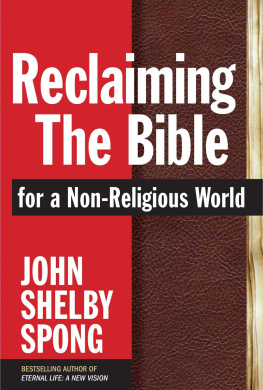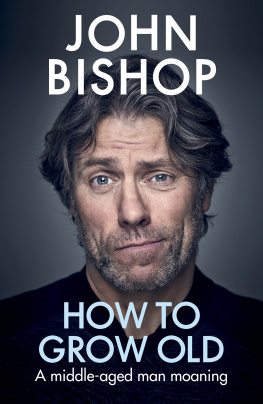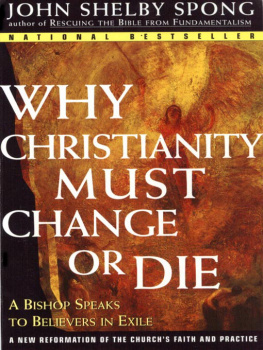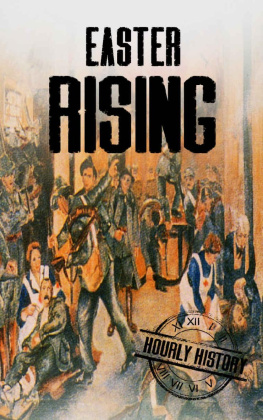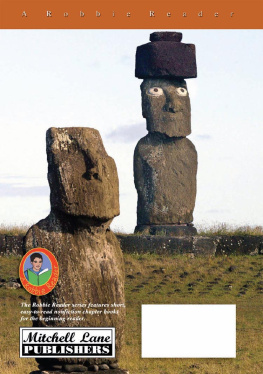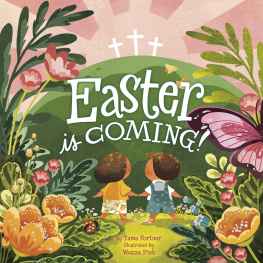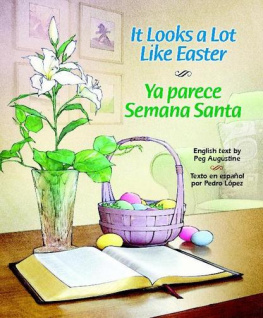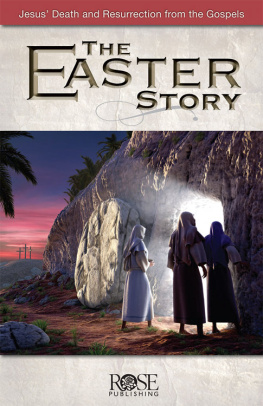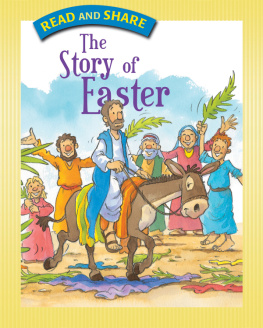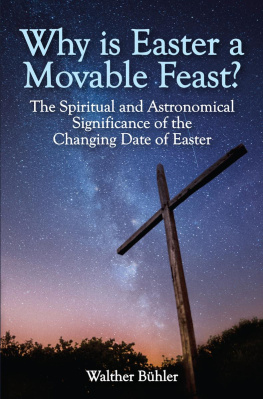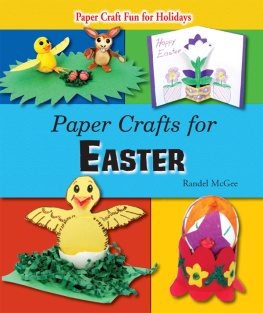To
Ellen Elizabeth Spong
Mary Katharine Spong
Jaquelin Ketner Spong
Augustus Charles Epps, Jr.
John Baldwin Catlett, Jr.
daughters and sons-in-law who expanded my life
and into whose hands I am content to place the
destiny of both the church and the world
IN MEMORIAM
James Grayson Campbell
Doctor of Medicine
Friend
Born November 26, 1929 Died June 1, 1976
I came that they may have life and have it abundantly.
Jn. 10:10
RSV
Contents
T he Book of Acts opens with an account of a critical decision made by the new community of the people who accepted Jesus as Lord. The decision had to do with the necessary qualifications of the person selected to replace Judas. Plainly these people had no truck with the various personality inventories of that time. There is no deference to any standard for I.Q., no required credit rating. Their only stipulation was, One of the men who have accompanied us during all the time that the Lord Jesus went in and out among us, beginning from the baptism of John until the day when he was taken up from usone of these men must become with us a witness to his resurrection (Acts 1:2122, RSV). As the record indicates, the apostles selected Matthias by the power of the Holy Spirit. In so doing, they placed an indelible dimension into all future Christian witness. So significant did the earliest Christians regard this indelible dimension that Paul, from whom the earliest New Testament account of the resurrection emanates, could declare, If Christhas not been raised, then our preaching is in vain and your faith is in vain (1 Corinthians 15:14). It is about the reality and the power of this indelible dimension that Bishop John J. Spong writes so persuasively and so honestly in The Easter Moment.
Bishop Spong is one of those rare people that the Episcopal Churchcomplex and baffling as it sometimes isspawns in the ranks of its ordained ministry, eventually blossoming brilliantly and ably in its House of Bishops. Robert Mackie of Scotland in a tribute to the late W. A. Vissert Hooft, the World Council of Churches founding General Secretary, wrote, He was a Christian with a lively mind who was prepared to do the hard work necessary for the realization of some of his dreams. The Easter Moment, as do other of Bishop Spongs books, lectures, and sermons, plainly indicates that the essence of such a tribute is applicable to him also.
Descriptive of Bishop Spongs competence and resourcefulness also could be Dr. Vessert Hoofts observation about Karl Barth, after being persuaded by a friend to read the second edition of Epistle to the Romans (1923): I found it a terribly difficult book, but I did understand enough to become deeply impressed here was a man who lived in the modern world, a man who struggled with the problems of historical criticism and of modern philosophybut who had rediscovered the authority of the word of God. This was a man who proclaimed the death of all the little comfortable gods and spoke again of the living God of the Bible (The Christian Century, July 1985, p. 669).
In The Easter Moment, Bishop Spong deals with the resurrection event pastorally, sharing with readers theprofoundly moving and illuminating experience of ministering to and being ministered to by a friend, a young and able physician who was dying of a rare, incurable disease. Bishop Spong grapples with the resurrection event by examining the testimony of the earliest traditions that embrace it, treating the sources objectively in the mode of modern biblical criticism. He carefully assesses hypotheses associated with the empty tomb and the absence of a dead body. He refuses to be intimidated by the difficult questions. As author Spong observes, The moment of Easter appears to be subjective at some points, objective at others, but essentially it is always beyond both categories (p. 139). Every description is inevitably a distortion, but that distortion does not mean that the event being described was not real. Easter was a ringing confirmation that beyond the limit of our eyes, or the touch of our hands, there was an eternal, timeless reality (p. 168).
The burden of proof concerning the resurrection and its consequences is carried first by the conclusion that it is only to the eyes of faith that such reality embodied in The Easter Moment becomes convincing and therefore efficacious for human life. That risen Christ was real. I cannot say that too emphatically. He was not resuscitated, he was resurrected. He was changed. It was not the limited physical eyes of our humanity that saw him, but eyes of faith newly opened by the power of his life (p. 196). And second, the burden of proof is carried by the miraculous change that the reality of the resurrection wrought in the little band of despairing, fearful, disillusioned, hopeless post-Good Friday followers of Jesus, for it transformed theminto a formidable community of believers in the risen Christ whose total commitment would start a movement that would transform the world (p. 197).
John Elbridge Hines
Highlands, North Carolina
Presiding Bishop
The Episcopal Church
19641974
P erhaps the greatest joy an author can know comes from the necessity of writing the preface to a new edition of a previously published book. The Easter Moment was originally published in April of 1980. Since that date this book, like all books, has developed a life of its own. It has been used in congregational study groups and at summer conferences in such places as Kanuga in western North Carolina, Chautauqua Institute in western New York, Camp Galilee at Lake Tahoe, Nevada, and the Episcopal Conference Center in Cove, Oregon. It has also been used by judicatory gatherings of clergy for continuing education. I have conducted lecture series based on this book for clergy of the Methodist, Episcopal, and Mar Thoma traditions in such places as New Jersey, Texas, Virginia, Oklahoma, and far away India.
Since the first publication of this book I have continued to read in the field of biblical scholarship, especially as it pertains to the experience of Easter. I have been particularly moved by the work of Edward Schillebeeckx in his book Jesus and by the writing of Pheme Perkins in her book Resurrection: New Testament and Contemporary Reflections. Though these two authors have expanded my knowledge, they have not caused me to shift my conclusions in a significant way. My original work on The Easter Moment also launched me beyond the narrow focus of that book into a study of the whole question of life after death. This study has engaged my scholarly attention since 1980 and should find expression in another book in the not-too-distant future. I hope to trace the power of the idea of life after death throughout history, to seek to understand the human anxiety to which that idea speaks, and to discover how that anxiety is met when life after death fades in the consciousness of the people as I think it has faded in our century. I also hope to discover new words and concepts that might lead us to look at this possibility in a fresh way. It has been revealing for me to isolate the eschatological concepts in particular faith traditions such as Judaism, Christianity, Islam, Hinduism, and Buddhism. Such an experience produces the surprising conclusion that there is no fixed content in regard to life after death in any religious tradition, including Christianity. Life after death is an idea that has grown and changed over the years in every faith system. Few believers, however, give much evidence of being consciously aware of this development.


